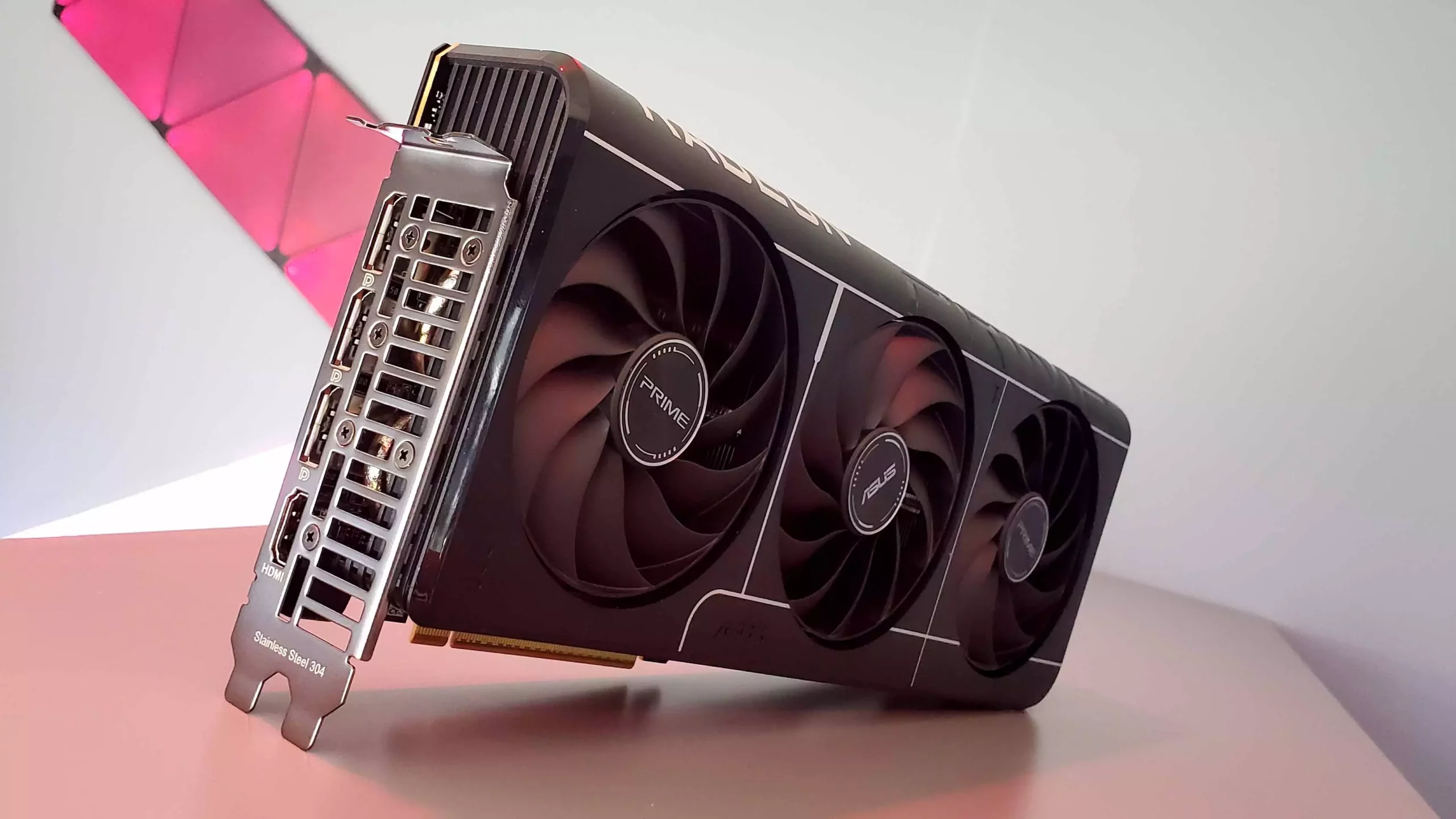The launch of the AMD Radeon RX 9070 XT has generated considerable excitement among gamers and tech enthusiasts alike. Yet, a recent unveiling from the Bilibili hardware channel’s benchmarking video has shed light on a somewhat disheartening revelation: the RX 9070 XT models equipped with Samsung GDDR6 memory chips exhibit an average performance dip of approximately 2.6% compared to their counterparts outfitted with SK Hynix memory. While this difference may initially appear negligible, it raises critical questions about the implications of component selection and performance metrics in the high-stakes world of graphics cards.
As the landscape of GPU manufacturing continues to evolve, memory types have increasingly come under scrutiny. Samsung’s latest memory solution, while boasting enhanced thermal management capabilities, has garnered skepticism due to its looser timings, as reported by AMD. This revelation offers a crucial insight into how minor variances in technical specifications can adversely affect performance outcomes. Therefore, it is essential to scrutinize not only the raw performance numbers but also the engineering decisions that underlie them.
Contextualizing the Small Performance Deficit
It is crucial to contextualize a 2.6% performance deficit. In the realm of high-performance computing and gaming, even seemingly insignificant numbers can have cascading effects. Gamers expect seamless performance and higher frame rates, especially from a flagship model like the RX 9070 XT. Nevertheless, while the benchmarking was conducted using the 3DMark Speed Way test, its singularity raises concerns about the broader applicability of these findings. One must ask: how would the card perform in real-world gaming scenarios, which are inherently multifaceted and influenced by factors beyond mere memory specs?
When the AMD RX 9070 XT was tested with SK Hynix memory, it exceeded expectations, rivaling the RTX 5070 Ti while cementing itself as a strong contender in its tier. If the performance variance of the Samsung-equipped models were to persist, they might remain competitive but teeter at the edge of acceptable performance, which could dissuade potential buyers. The perceptions fostered by performance comparisons can influence consumer purchases, and a brand that delivers a weaker product—however marginally—faces the risk of tarnishing its reputation.
The Overclocking Dilemma
Another confusing aspect of the Samsung memory introduction is whether these new chips will adhere to overclocking trends established by their predecessors. Overclocking can be a double-edged sword: while it can enhance performance, it also introduces variables that may challenge component longevity and stability. Current testing scenarios indicate that previous iterations of the RX 9070 XT yielded impressive results when undervolted and pushed to higher memory speeds. Can we expect the same from the Samsung variants, or will the looser timings become a bottleneck?
Future testing is paramount here. The experiences of enthusiasts and tech reviewers with the Samsung models will determine their appeal in the market. A successful overclock could not only mitigate performance deficiencies but potentially position these cards as a cost-effective alternative in light of their lower price points.
The Market Dynamics at Play
In the context of the competitive landscape for graphics cards, understanding consumer behavior is crucial. If AMD continues to manufacture a line that performs slightly lower despite its advanced components, manufacturers must consider how they’ll set pricing and market these variants differently, if at all. Consumers today are acutely aware of performance benchmarks; transparency surrounding variant specifications could either adjust buying behavior or compel AMD to rethink its component strategy.
The notion that organizations may refrain from differentiating between the types of memory chips could reflect a broader trend of blurring lines. As products become increasingly commoditized, the most effective strategies may hinge on emphasizing value rather than technical superiority. Yet, should a significant number of consumers express dissatisfaction with the Samsung memory-equipped cards due to even slight performance reductions, we could witness a shift in market preferences that impacts production choices.
In this evolving narrative between memory choices, advanced engineering, and consumer expectations, the question remains whether a small performance deficit will tip the scales in the ever-competitive battle for GPU supremacy. Ultimately, this scenario calls for deeper exploration into how every nuanced and subtle aspect of product design plays a pivotal role in shaping the consumer landscape.

